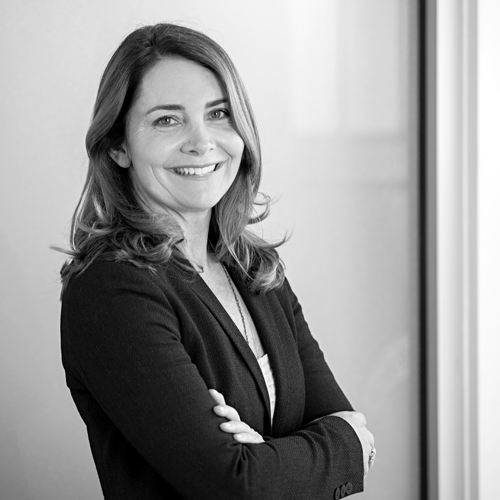AARP is a mission-driven organization with a history of innovative firsts. When founder Dr. Ethyl Percy Andrus discovered that retired California educators lacked fundamental social support structures, she took it as her mission to lobby extensively for comprehensive insurance coverage, adequate pensions, and clean, livable housing. Her efforts eventually led directly to the enactment of Medicare.
More recently, with the help of chief enterprise strategy and innovation officer Terry Bradwell and his team, the organization has opened two pioneering innovation labs and developed the world’s first tablet targeted toward the needs of older persons in the digital age.
To keep this caliber of innovation flowing, Bradwell sets his sights on the nonprofit’s culture, which he says is vital to both setting the stage for future accomplishments and realizing AARP’s social vision of service toward those in the fifty-plus demographic.
“We definitely want to be known from the standpoint of our social mission, which is a huge part of our culture,” Bradwell says. “And so our social mission becomes a strategic lever for us to attract not only talent—the people that want to work with us—but also vendors, partnerships, and engagements that allow us to show that we’re ‘walking the talk’ in terms of being authentic and delivering our message.”

Last year, AARP set out on a new quest to transform itself and instill a mindset of social and technological innovation, along with bold ideas into the nonprofit’s core culture. “We have a laser-like focus on the type of training and environment that we’re creating. In fact, we’re planning to renovate our headquarters in Washington, DC, to support the culture of innovation that we’re creating,” Bradwell says. “We also put everyone in the organization, from the board of directors to the executive team and even the CEO on down, through training to insert a sense of innovation into our existing social mission-oriented culture. We have a goal; we want people to think in much more expansive and innovative ways,” Bradwell explains.
Kodak, Bradwell notes, was once a dominant force in film and photography. Similarly, Sears was at one point one of the biggest name in retail. AARP is undoubtedly what Bradwell calls the “800-pound gorilla” in the arena advocating for older Americans today. In order to maintain that position, Bradwell says that the organization must construct a culture that welcomes, even cherishes, constant advancement and innovation.
In 2018, AARP turns sixty. “I turn fifty-four next week, but I’m not the same fifty-four that my father was,” Bradwell says. “And I’m sure that when my son is fifty-four, he will not have the same needs as I do today. But we believe there will always be a social need for an organization like AARP, and we will have to remain very, very innovative to combat all of the technological disruption that we see happening around us almost at lightspeed.”















